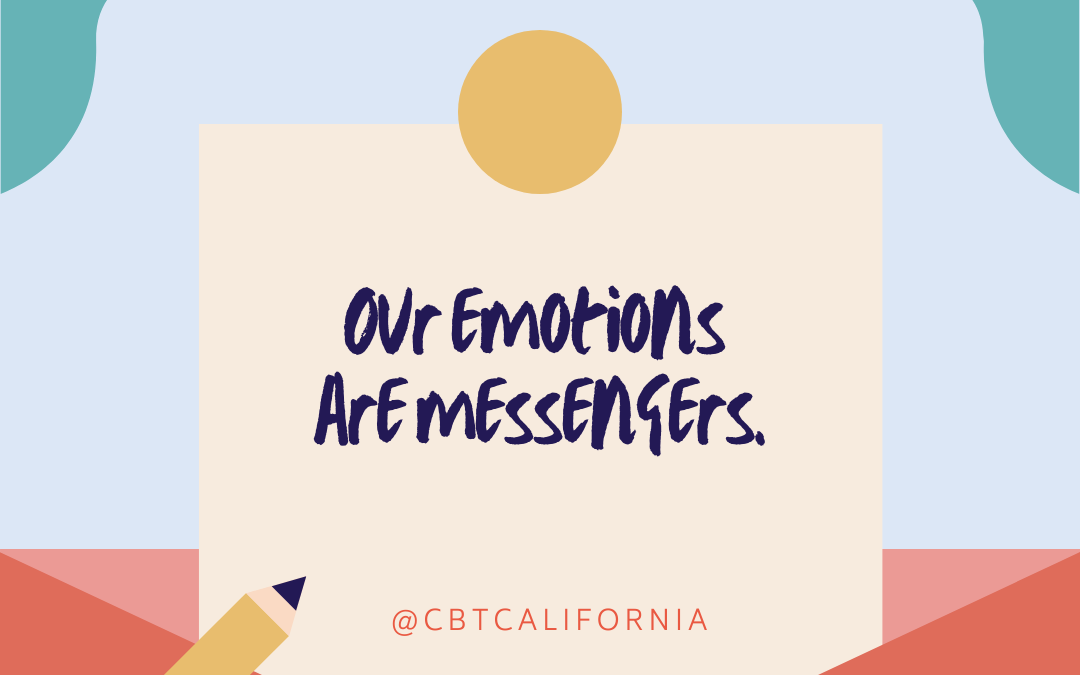Think of your emotions as a source of information. If we don’t attend to our emotions, we have no way of receiving the messages. Mindfulness of current emotions, a DBT emotion regulation skill, teaches us how to observe our emotion rather than blocking, keeping, or amplifying it. One way to practice this is to experience your emotion as a wave, coming and going.
Imagine that you are on a beach, with your toes dug firmly into the sand, and allow these emotional waves to come and go. If the wind picks up and the waves grow stronger, try to keep your balance and experience the flow of emotions. There’s no sense in trying to control the waves, but you can control your response to the shift in the tide. In this way, you can practice tolerating emotional sensations, without moving up the beach (avoiding emotion) or being carried out to sea (holding onto emotion). When we step back and simply notice our emotion, we remind ourselves that we are not entirely our emotion, we can resist urges to act on them, and—just like wave patterns—our emotions will change eventually.
Easier to imagine than to apply? As you practice mindfulness, try to get comfortable with being uncomfortable. To notice our emotions requires a willingness to be vulnerable. We are choosing to expose ourselves to the full spectrum of feeling—joy, happiness, pain, anger. You do not have to like the emotion, but must accept that the emotion is there to figure out what it’s telling you.

